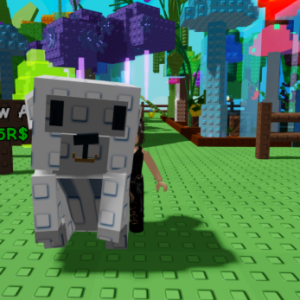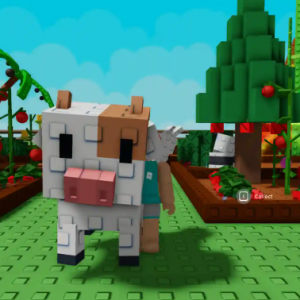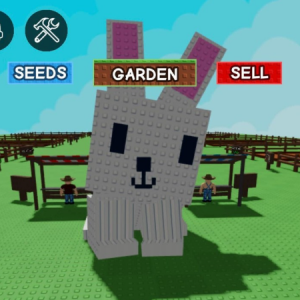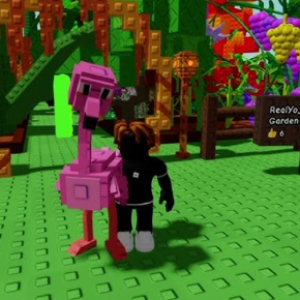If you’ve been diving into Grow a Garden lately, you probably already know that hatching Titanic pets is one of the ultimate challenges. With odds as low as 1 in 1,000, it requires careful planning, smart trading, and a bit of luck. I recently spent some time experimenting with trading strategies and hatch optimization, and here’s a detailed breakdown of what worked—and what didn’t.
Trading for Brontos: Building Your Army
One of the first lessons I learned is that public lobbies can be chaotic for serious trading. Finding Brontos in someone else’s garden is a mix of observation, patience, and luck. Many players don’t display their pets clearly, so it often requires hopping between multiple lobbies. I noticed that even when a player seemed active, their Brontos might be hidden or AFK, making it tricky to initiate trades.
To maximize your hatch rates, you ideally want multiple Brontos, since each contributes a percentage to your total Titanic chance. For example, five Brontos can cap the total bonus at 30%. My approach was to leverage Discord communities of experienced players who understand pet values. This way, I could trade efficiently without overpaying and avoid the uncertainty of public lobbies.
When setting up trades, I found that offering a mix of dragonflies and mimics worked best. Overpaying slightly is sometimes necessary to secure the pets you need, but knowing standard values is key to avoid losing too much in trade negotiations. Once the Brontos were in my garden, it was all about preparing the environment for hatch optimization.
Optimizing Hatch Timers with Strategic Pets
Hatching Titanic pets isn’t just about having the right eggs—it’s also about manipulating timers. Bald Eagles, for instance, reduce hatch timers by triggering abilities that accelerate progress every few minutes. Pairing them with Mimic Octopuses and Titanic Peacocks allowed me to refresh these abilities more frequently, cutting significant time off the hatching process.
I applied this method to a mix of eggs, including paradise, legendary, gourmet, and mythical varieties. Even though the maximum goal was a Titanic pet, the strategy still produced consistently larger-than-average pets, such as 28 kg grizzly bears and high-weight dairy cows. Using Brontos in combination with these timer-boosting pets noticeably increased the odds of hatching bigger pets, though a true Titanic requires extreme luck given the low base probability.
Egg Selection and Inventory Management
It’s essential to plan which eggs to hatch first and ensure inventory space is managed properly. I rotated eggs strategically, focusing on the ones with the highest potential for size growth and lucky hatches. Some smaller pets were sold to free space, while the largest ones were kept for future use or further breeding. Using additional pets like koi and seals increased the chance of getting eggs back, allowing more hatching attempts without additional purchases.
For players looking to save time and resources, combining traded Brontos, strategic pet abilities, and a carefully curated egg selection is the most efficient approach. If you’re willing to explore trading platforms like U4GM, you can supplement your collection of Brontos and rare pets to enhance your hatch probabilities even further.
Conclusion
In Grow a Garden, trading for Brontos and strategically using pets to optimize hatch timers can dramatically improve your chances of producing larger pets. While the odds of obtaining a Titanic pet remain extremely low, careful planning—combined with trade communities, strategic egg placement, and pet ability management—can maximize efficiency and lead to impressive results. Remember, even if luck isn’t on your side, these strategies ensure your garden grows steadily stronger with each hatch.











